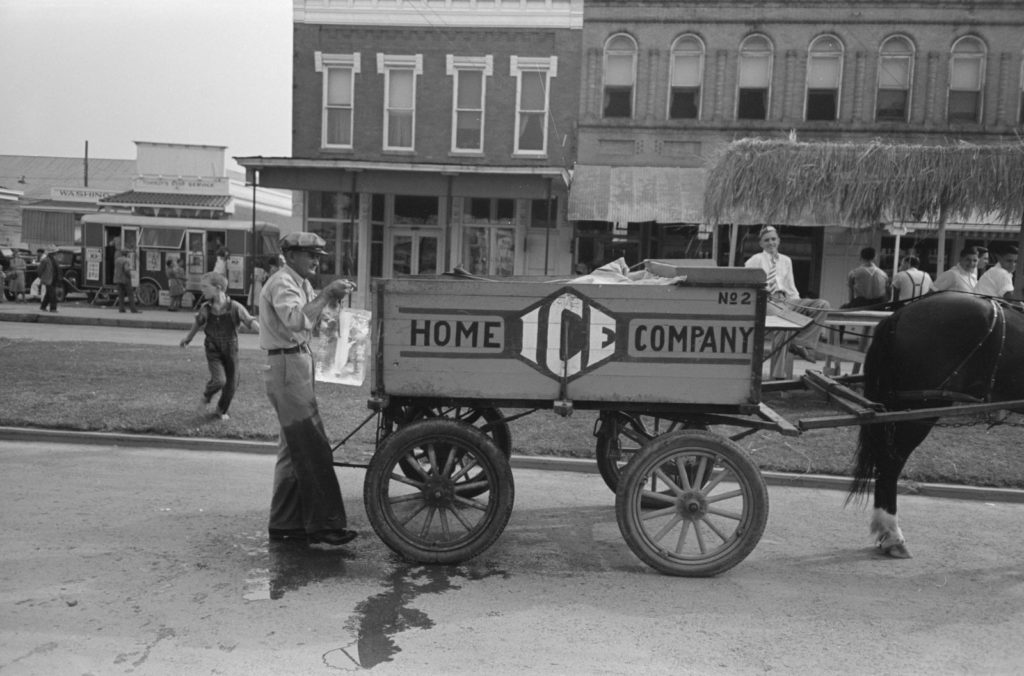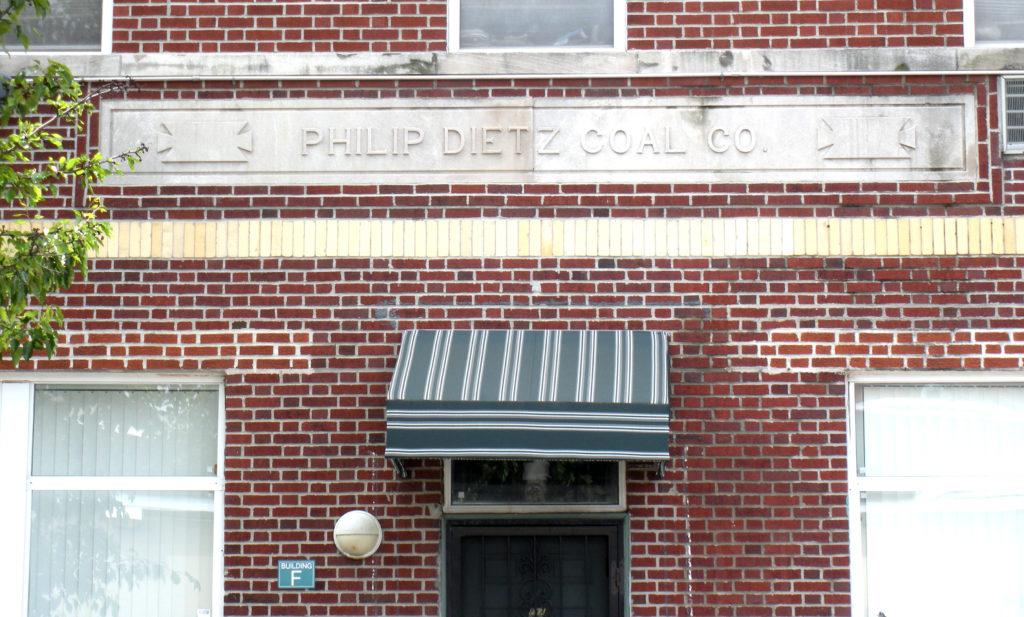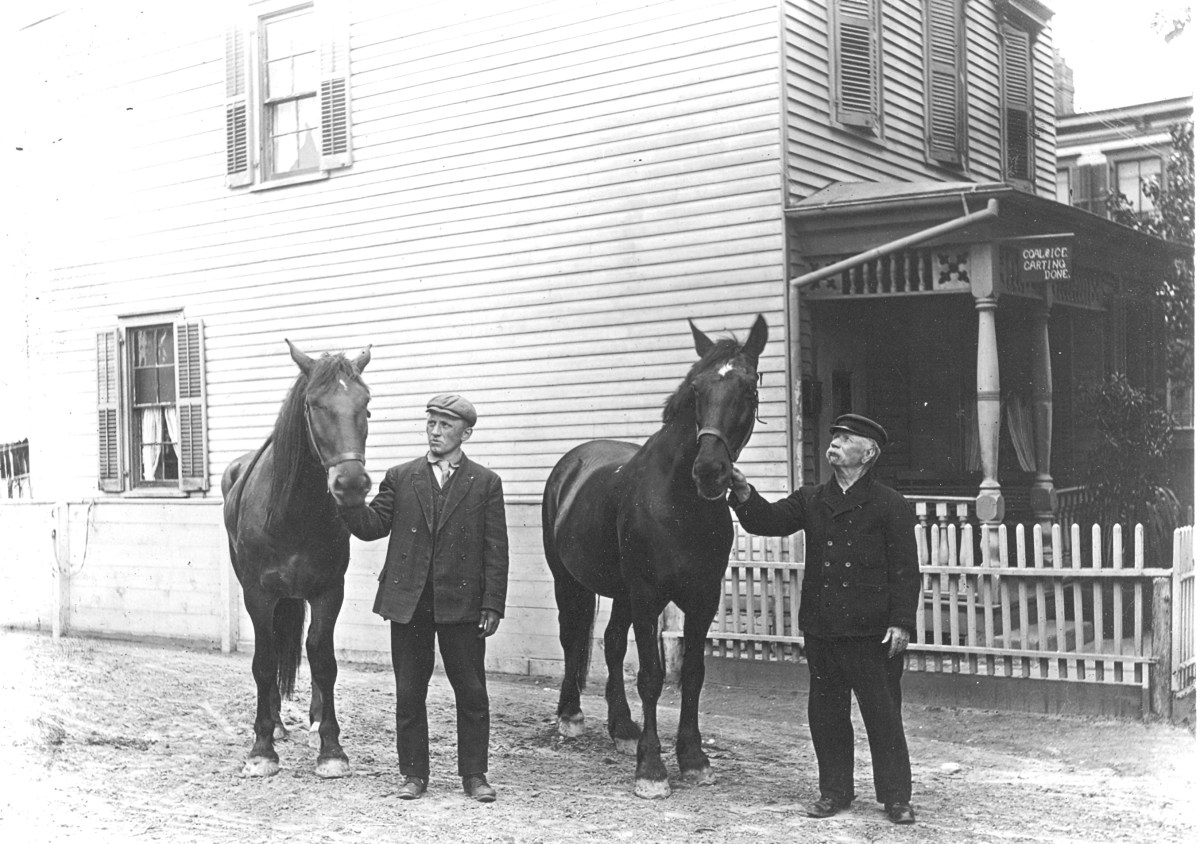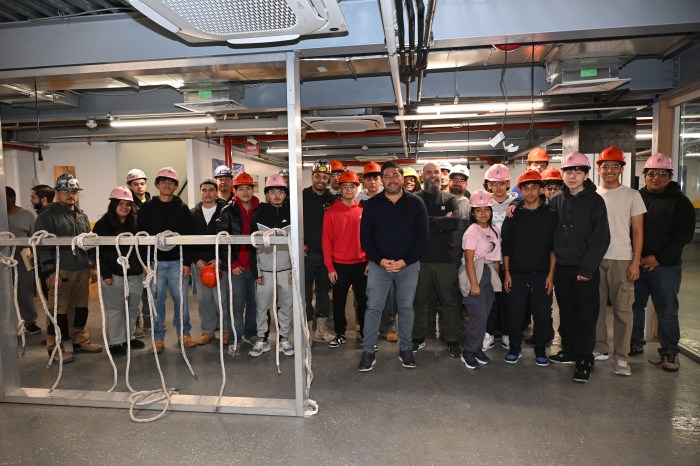Ask someone about the location of St. James Park and the answer could be somewhere in the Bronx or in London, England. But we wonder how many of our readers are aware that the name once referred to a section of Ridgewood.
Today, much of what once was known as St. James Park is commonly referred to as the Farmers Oval area, for the park at 65th Place and Catalpa Avenue that has had a few different names but is officially known as Mafera Park.
The St. James Park area was roughly bounded by Catalpa Avenue on the south; Madison Street on the north; Fresh Pond Road on the west; and 68th Street on the east.
Before it was developed as a residential section, the property was farmland known as the Wagner farm (previously known as the George Lahr farm and before that, as part of the Edsall farm) that was subdivided in 1891.
The property immediately east of 65th Place eventually became Farmers Oval, while additional land was purchased for use by the New York Connecting Railroad.
As noted by George Miller, historian for the Greater Ridgewood Historical Society, all of the north-south roadways in the subdivision were named for Union Army generals in the Civil War.
St. James United Presbyterian Church was located on Hughes Street (now 68th Avenue) east of Fresh Pond Road. Today, the building remains a house of worship, known as Marantha Romanian Baptist Church.
During the summer of 1913, the St. James Park Airdrome (an outdoor movie operation in a tent) opened at Grant Street (62nd Street) and Hancock Street (later Hughes Street and now 68th Avenue). Admission was five cents.
Although St. James Park was east of Fresh Pond Road, in the early days of P.S. 88—located on the west side of Fresh Pond Road, then a dirt road, at Elm Street (now known as Catalpa Avenue)—it was considered as being in St. James Park. Jacob H. Rohrbach was the first principal of P.S. 88, which opened on Sept. 8, 1908. People referred to it as “the St. James Park School.”
The use of “St. James Park” as a name for that section of the neighborhood began to fade around 1917.
The iceman cometh

One of the photos that we have this week, showing two men with horses, was taken around 1915 in St. James Park.
On the left is William Keller, holding the reins of his horse, while on the right is his father, Jacob Keller. Pictured in the background is the house where William Keller resided. Its address was 881 Sedgwick Street (formerly Grant Street, now 62nd Street).
The address of the two-story house later became 68-33 62nd St.
William Keller delivered coal and ice from Philip Dietz and also from the Knickerbocker Ice Company. After obtaining the ice, he would make his rounds to customers.
Typically, the icemen such as William Keller would travel on the dirt side roads, delivering pieces of ice to houses for use in iceboxes and also to local saloons.
The Dietz plant was located on the west side of “Old” Fresh Pond Road (now Cypress Hills Street) and Van Cortlandt Avenue (now 71st Avenue) near the Ridgewood/Glendale border. Today, it is the site of the Glenridge Mews condominiums.

Many people who are somewhat familiar with the name of the former company’s owner associate it with coal. Originally, however, Philip Dietz operated a dairy before he made the switch to selling coal and wood in 1905. Six years later, he expanded his business by installing artificial ice-making machinery with a capacity of 82 long tons per day.
The ice was produced in 320-lb. cakes (seven cakes to the long ton). It was sold to route men for $3 per ton. The icemen would come with their horse and open wagon to the ice plant to pick up the cakes of ice for delivery.
The route men usually had divided up the areas among themselves so that there was little competition. They cut the 320-lb. cakes of ice into eight 10-cent pieces of 40 lbs. each and made a profit of $2.60 per ton. They earned every penny, as it was hard work.
During the hot summer months, as the iceman made his rounds, the horse pulled his open wagon with the cakes of ice covered with a heavy canvas to prevent melting. When he arrived at the home of one of his customers, the iceman would remove the covering.
Using an ice pick, he would proceed to chop the cake of ice to obtain the size piece as wanted by the customer.
The iceman then used his ice tongs and a burlap cloth to haul the piece of ice from his wagon to the house. In some homes, he entered the basement and went to the dumbwaiter, where a metal dishpan was placed to await the ice. When the iceman placed it in the pan, his customer would then haul up the ice and put it in the icebox.
During the summer months, a housewife would usually order a piece of ice every other day, and twice per week during the winter months.
When General Electric introduced an electric refrigerator in the early 1930s, however, it signaled the beginning of the end for the “ice age.” Even so, many people continued to think in terms of an icebox, referring to a refrigerator as one.
Reprinted from the June 25, 2009 issue of the Ridgewood Times.
If you have memories to share with us, send an email to editorial@ridgewoodtimes.com (subject: Our Neighborhood: The Way it Was) or write to The Old Timer, ℅ Ridgewood Times, 38-15 Bell Blvd., Bayside, NY 11361. Any mailed pictures will be carefully returned to you upon request.



































